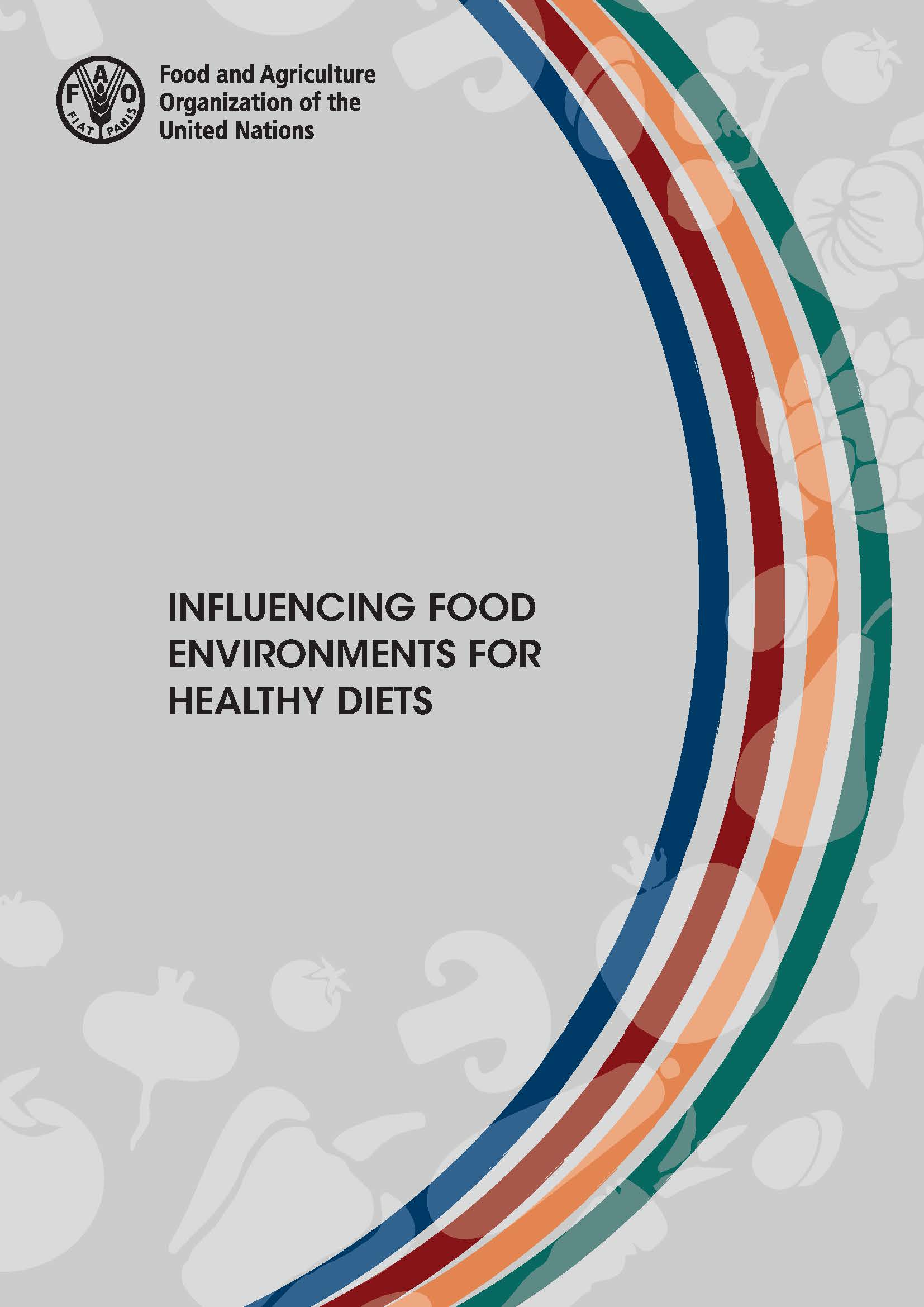The current global nutrition situation indicates that malnutrition, in all its forms (undernutrition, micronutrient deficiencies, overweight and obesity) is widespread. Malnutrition causes cultural, social and economic cost to
nations, and is a major impediment to development and the realization of full human potential.
While there has been some progress in reducing undernourishment from over one billion people in the 1990s to 793 million in 2015 (FAO/IFAD/WFP – SOFI, 2015), an estimated two billion people suffer from micronutrient deficiencies or “hidden hunger” (FAO – SOFA, 2013), while more than 1.9 billion adults are overweight, of whom over 600 million
are obese (WHO, 2014). Increasingly low- and middle-income countries are facing the consequences of malnutrition ranging from an increased risk of premature death to serious chronic health conditions, such as the prevalence of diet-related non-communicable diseases. Changes in diets in recent decades, associated with changing lifestyles, rising incomes and increased consumption of highly processed foods together with reductions in physical activity levels, are believed to be associated with this transition. Underlying the current nutrition situation is the problem of
unhealthy diets.
The Second International Conference on nutrition (ICN2) was organized jointly by the Food and Agriculture Organization of the United Nations (FAO) and the World Health Organization (WHO) and held at FAO Headquarters
in Rome, Italy, from 19 to 21 November 2014. Two outcome documents of ICN2 – the Rome Declaration on Nutrition and the Framework for Action – were endorsed by FAO and WHO Members. They committed to establishing
national policies aimed at preventing malnutrition in all its forms and transforming food systems to make safe and diversified healthy diets available to all. The 2030 Agenda and its Sustainable Development Goals
and the United Nations Decade of Action on Nutrition (2016-2025) provide the opportunity for joint action towards coherent policies and programmes to achieve internationally agreed goals and to implement coherent policies
to address malnutrition in all its forms.
ICN2 stressed the importance of a food system approach – from production to processing, storage, transportation, marketing, retailing and consumption – as key to promoting healthy diets and improving nutrition, given that isolated interventions have limited impact. Food environments mediate between broader food systems, and individual diets.
Food environments comprise the foods available to people in their surroundings as they go about their everyday lives and the nutritional quality, safety, price, convenience, labelling and promotion of these foods. Food environments
play an important role in shaping diets because they provide the choices people have when they make decisions about what to eat. A healthy food environment is one that creates the conditions that enable and encourage
people to access and choose healthy diets.
This publication, prepared by the Nutrition and Food Systems Division of FAO, focuses on Influencing food environments for healthy diets specifically through four areas: the production of diversified foods, food safety, food
labelling and food-based dietary guidelines. The Introduction on influencing food environments for healthy diets sets the scene.
The publication is a useful resource for all countries as they develop policies and programmes to make healthy diets an easier choice for their citizens. The book also serves a variety of audiences, including policy-makers, programme
planners and implementers and the private sector.
GUÍA: INFLUYENDO EN EL AMBIENTE ALIMENTARIO PARA DIETAS SALUDABLES

Etiquetas:
guias clinicas
siguiente






